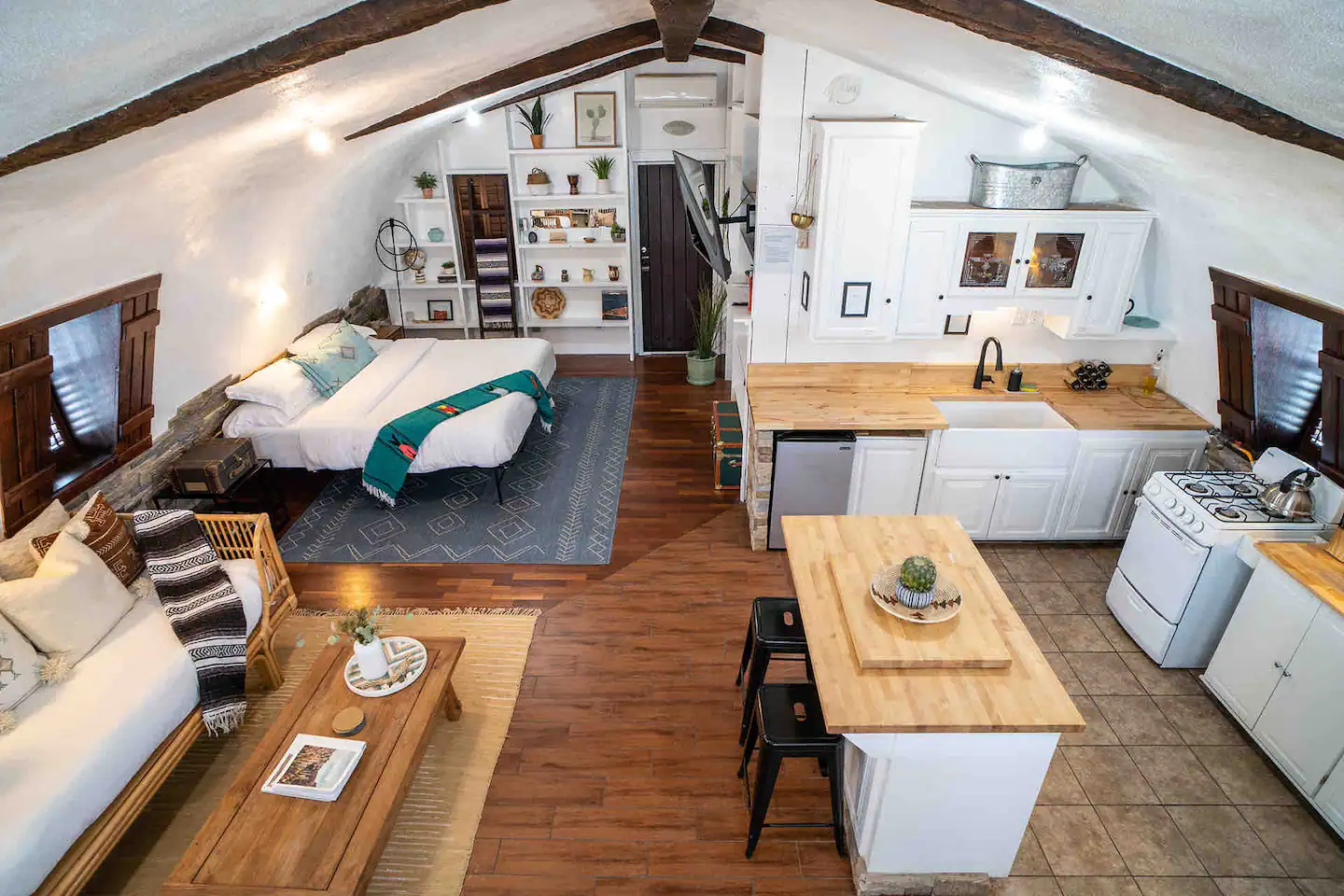
Have you seen how increasingly more families are reconsidering caring for aging grandparents and parents? Old standbys—such as nursing homes, assisted living, or relocating an older relative into the family home—can be emotionally challenging, costly, and logistically taxing. That’s where granny pods are making a difference. These small, freestanding houses are providing families a pragmatic, empathetic solution, and they’re catching on nationwide.

Granny pods, or accessory dwelling units (ADUs), backyard cottages, or mother-in-law suites, are tiny houses constructed on the same land as the main house. They’re intended to provide seniors with a safe, private, and accessible place of their own, near family, but remaining independent. And as the U.S. Census Bureau estimates the senior population will increase more than two times in the next 30 years, demand for versatile housing solutions like these is increasing just as quickly.

What’s particularly appealing about granny pods is how well they meet the requirements of older people. Most are between 250 and 900 square feet in size and incorporate careful considerations: open floor plans, wider doors, and wheelchair-accessible rooms. Some deluxe models even come equipped with health monitoring systems, smart features, and virtual caregivers who provide medication reminders and emergency notification.

As Alameda Tiny Homes describes them, these homes are “freestanding and have everything you would need to live there—a kitchen, bathroom, bedroom, laundry—it’s just small,” but specially designed for aging in place. A few take it a step further, incorporating medical-grade elements such as slip-resistant flooring, handrails, and fall sensors to assist seniors with dignity, safety, and peace of mind.

The law regarding granny pods is also changing rapidly. In Massachusetts, for example, ADUs have just been legalized statewide, a major boon for families balancing children’s and aging parents’ needs. According to The Law Offices of Kimberly Butler Rainen, this change provides families with more affordability and flexibility in planning elder care, providing aging parents with both independence and closeness to loved ones. Yet local regulations do differ.

In Texas, for instance, granny pods are typically maxed at 600 square feet and must have special building and zoning approval, with regulations surrounding separate entrance and utilities to preserve privacy and autonomy.

Price matters to most families. While the minimalist granny pod can begin at about $40,000, a fully loaded, custom-built unit with smart technology and medical amenities can cost up to $200,000. Still, these are one-time investments—unlike assisted living or nursing home care, which come with ongoing annual costs. According to the 2024 Genworth Cost of Care Survey, the average private nursing home room in the U.S. costs about $127,750 a year, while assisted living averages over $70,000 annually. In comparison, a granny pod may not only save money over time but also boost your home’s resale value by 20–30%. A few even rent out their ADUs for later profits.

But the true worth of granny pods is in more than money. The tiny houses are reshaping the face of family care. More families now are multigenerational, with children, parents, and grandparents all living on the same grounds. The U.S. Census reports that families are increasingly doing this. Granny pods allow elderly individuals to remain close and engaged with their family members while maintaining their independence and individual space. For caregivers, the setup can be life-altering, allowing it to be more convenient to drop by and lend a hand when needed and remain connected without feeling overwhelmed by full-time, live-in caregiving.

All that being said, granny pods are not always a good fit. The initial investment is high, and working through local zoning regulations is a time- and research-intensive process. Homeowners might also struggle to sell a house with an ADU if the local housing market is unfamiliar with these arrangements. And in the case of seniors with complex medical needs needing 24/7 care, a granny pod might not be sufficient.

Nevertheless, granny pods are one example of a broader revolution in how families address elder care. As individuals seek smarter, more personal solutions to care for aging loved ones, these small homes present a generous combination of independence, connection, and functionality. They’re keeping families together, aging with grace, and designing home spaces that mirror the needs of each generation.

Whether you’re thinking ahead for your future or exploring options for a parent or grandparent, granny pods are a solution worth considering—one that brings peace of mind, flexibility, and a fresh take on what it means to grow older with support and love nearby.
